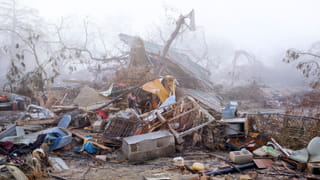Sierra Robinson has had enough. The 17 year old from Cowichan Valley, Vancouver Island, Canada is one of 15 plaintiffs in a lawsuit filed against the Canadian government in late October. She says the government has been “talking for a long, long time about how climate change is a problem, yet they’re continuing to contribute to that problem instead of taking action on it. With this lawsuit, we’re asking them to take that action.”
The suit is calling on the government to develop and implement a plan that will accelerate the reduction of greenhouse gas emissions. According to the claim, the current government’s negligence – which has resulted in increasingly alarming levels of global warming – has violated young people’s rights to life, liberty and security.
Robinson’s words echo those from a previous court case about climate change – one that was won, against all odds, by the party demanding a more effective climate policy.
In that instance, it was Urgenda, a Dutch activist organisation promoting a sustainable society. The defendant in that 2013 case was the Dutch state.
It was a simple matter, Urgenda director Marjan Minnesma told me when the case had just started. “We are simply asking whether the state has the freedom to ignore what everyone knows is necessary,” she said, referring to the 1992 climate change treaty, in which countries agreed to take action to avoid dangerous climate change.
“As far as we are concerned,” Urgenda’s lawyer added at the time, “we have reached the point where the government had squandered that freedom.”
And the judge agreed. The 2015 verdict was groundbreaking, setting an international precedent. The judge ruled that Dutch climate policy was inadequate to prevent dangerous interference with the climate system, whereas the state had accepted that it was necessary to do so. The judge ordered the state to reduce emissions by 25% by 2020 – which went further than the state’s intentions.
If the state did anything less, it would be “negligent” because the government must protect its citizens against the dangerous effects of climate change. This kind of verdict was unprecedented.
The state lodged an appeal but lost it in 2018. Tomorrow, on December 20, 2019, judges on the highest court will rule on the case. Urgenda is expected to win again.
That’s excellent news for the growing number of lawyers working on climate cases worldwide, for Sierra Robinson’s lawyers, and many others.
The climate lawsuit was filed in 1994, but court cases involving climate change were rare until midway through the 2000s. Since then, dozens of cases have been initiated revolving around climate change, with new cases peaking in 2017.
In most cases, the targets are governments, but companies, banks and investors are also being summoned to account for the inadequacy of their climate policy.
The legal principles invoked by climate cases are essentially universal in (western) legal systems: the polluter pays; it is forbidden to unnecessarily endanger others; high-risk activities require adequate preventive measures.
What’s new is that the law is now being used as a potential tool to break through political deadlock and entrenched interests to tackle climate change. So what are lawyers achieving?
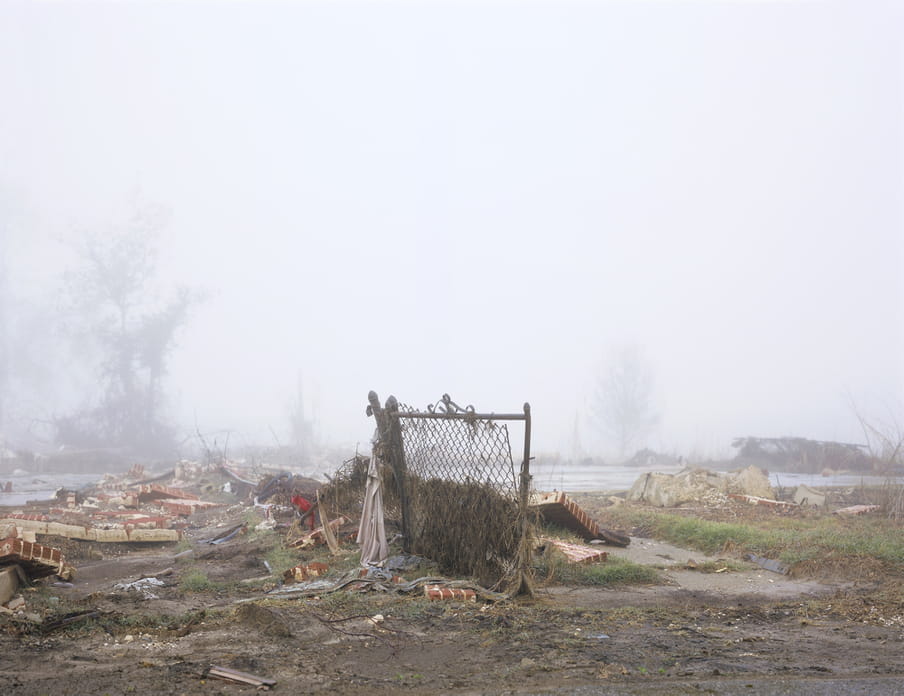
Make the polluter pay: the case of a Peruvian mountain guide
High in the Peruvian Andes, there is a glacial lake that could overflow at any moment. It hangs like the sword of Damocles over the head of mountain guide Saúl Luciano Lliuya and the other inhabitants of his hometown Huaraz. The lake is situated above the city about 20km away, and it’s growing fast as a result of meltwater from the steadily shrinking glaciers in the area.
If one sizeable avalanche were to reach the lake, it would unleash a catastrophic wave. Lliuya’s house would be inundated with three metres of water, and the drinking water in the area would be useless.
Obviously, Lliuya and the other inhabitants of Huaraz would like to avert this danger. A new dam and new conduits could render the lake harmless, but that would cost €3.5m-5m.
Should the Peruvian taxpayer foot the bill? Or would it be fairer to have the fossil fuel energy companies cover this cost? After all, they knew that their fuels could cause climate change – which would melt the glaciers in the mountains above Lliuya’s home.
The answer is clear to German lawyer Roda Verheyen: make the polluters pay. Verheyen wrote her PhD thesis on climate damage and international law, has worked for various environmental organisations, and has travelled with a delegation from the German government to different international climate conferences. She established contact with Lliuya through Germanwatch, an NGO.
In 2015, she filed a lawsuit on Lliuya’s behalf against the German coal giant RWE. That wasn’t a random choice. RWE is the biggest emitter in Europe. In light of RWE causing about 0.5% of global CO2 emissions until now, Verheyen is claiming that the company should pay 0.5% of the protective measures for Huaraz. That amounts to €17,000, which, according to Verheyen, the company should transfer to local authorities in Huaraz as a contribution to protect Lliuya.
“When I started working on the case, people thought I was crazy and naive,” says Verheyen. RWE believed there were no grounds whatsoever for this case and wanted it dropped. The judge, who couldn’t find any “linear causal link” between RWE’s emissions and the potential damage in Huaraz, initially agreed with the company.
But Verheyen appealed, and on 20 November 2017, the court in Hamm, Germany, took many by surprise, ruling that the process could continue after all.
This decision was followed by a two-year battle about the selection of independent experts who would provide evidence in court. The court has since appointed these experts, and their judgment of the case is expected in 2020. The lawyers and the court will also visit Lliuya in Huaraz to gauge the situation on site.
Verheyen has to prove that Lliuya’s home is in fact under threat from high water levels in the glacial lake, and that RWE’s emissions are partly to blame for the Earth warming and the glaciers in Peru melting.
“What motivates me is that I believe I’m right,” Verheyen told me in 2018. She said her case is “very concrete”. “The chain of events is extremely clear. More greenhouse gases mean more global warming and fewer glaciers. It really isn’t rocket science.”
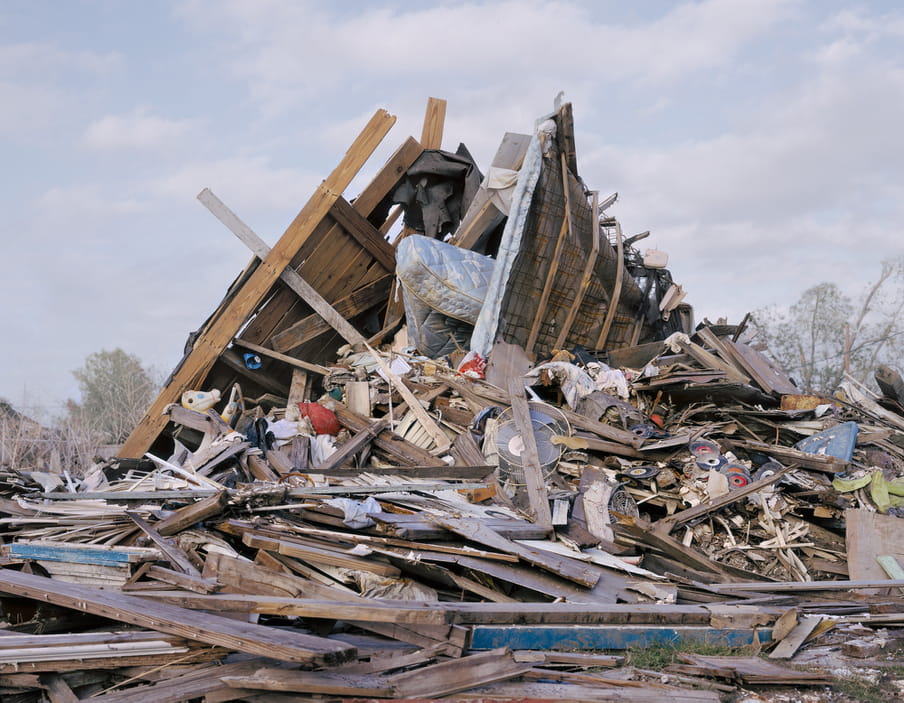

There’s a storm on the horizon for fossil fuel companies
Climate change isn’t rocket science – that’s something a small army of lawyers have already discovered. In the US, 14 lawsuits have been filed against the biggest coal, oil and gas companies on Earth in recent years. What’s at stake? That these companies should foot the bill for climate action, not the taxpayers.
US cities such as New York, San Francisco, Baltimore and Oakland initiated these kinds of court cases from 2017 onwards. Never before had such powerful prosecutors taken up the gauntlet: the legal stamina of a metropolis like New York matches that of a company like ExxonMobil.
“Not to overstate the case, but I actually think this could change the world,” said journalist and activist Naomi Klein when the mayor of New York announced his case.
Most climate suits against companies are based on roughly the same premise. Coal, oil, and gas companies were already aware at an early stage, certainly since the late 1960s, how serious climate change was. They deliberately swept this knowledge under the carpet – certainly in the US – and spread disinformation. Then they advertised fossil fuels for decades, making hundreds of billions of dollars. They passed on the damage that this caused to subsequent generations. So it only seems fair that they now foot part of the bill.
Matt Pawa was one of the first lawyers to venture into this territory. In 2008, he filed a lawsuit against ExxonMobil and 23 other major emitters on behalf of the village of Kivalina in Alaska. Pawa argued that the village was under threat from rapid coastal erosion as a result of rising sea levels. He was claiming $400m in compensation to pay for the inhabitants to move.
And he lost. The judge ruled that this was a political issue. In 2012, the judge in the appeal procedure ruled that the energy companies were not liable because the federal government had introduced laws to limit emissions. A legal journal cautiously speculated about the “end of lawsuits concerning climate liability”.
But these were premature celebrations. That became evident when an insurer of one of the defendants unexpectedly stepped forward to offer Pawa its support.
So what happened? AES – one of the largest energy companies in the US, which like Exxon had faced the same lawsuit for damages in Kivalina – approached its insurer after the ruling to seek reimbursement for the legal costs. After all, the company had insured itself against liability suits.
The insurer, Steadfast, thought otherwise. Steadfast argued Kivalina’s liability claim was not just another “event” that the insurer would cover. Rather, it was a “natural and likely outcome” of the company’s actions.
AES “knew or should have known” that the company’s greenhouse gas emissions would cause climate change and damage the Alaskan village as a consequence. The judge ruled in favour of the insurer that the company was not covered for these kinds of lawsuits.
From that moment on, the fossil fuel companies were warned. There was a storm on the horizon.
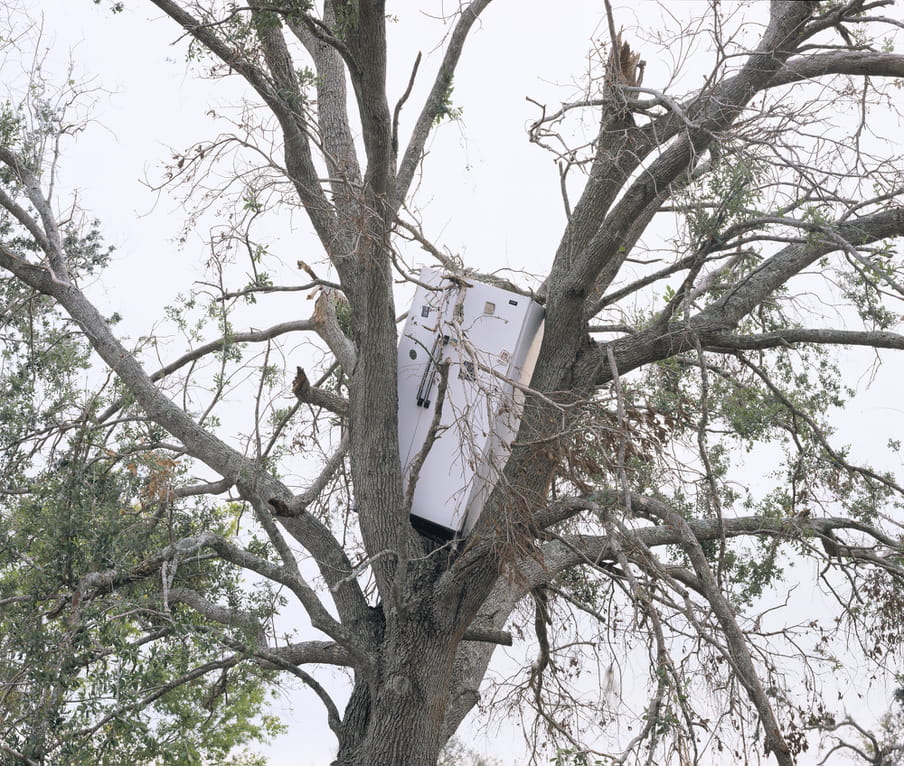
The building blocks upholding the lawsuits
All of the suits currently filed against companies essentially rest on the same building blocks.
The first building block is how far science has advanced. We’ve known for quite some time now that greenhouse gases cause global warming. But in recent years, it has become increasingly possible to identify the specific contribution of specific companies to the problem.
Calculating how much coal, oil and gas a fossil fuel company has extracted from the ground also makes it possible to calculate the extent of its contribution to global warming. That’s how Verheyen, a lawyer, discovered the German coal giant RWE was responsible for about 0.5% of global emissions between 1751 and 2010.
A share this size in global warming is not negligible and could be sufficient reason to call a company to account. But then the lawyers also have to be able to prove that the resulting global warming has caused a specific type of damage.
The second building block is becoming increasingly solid as well: climate scientists are more and more successful in identifying the fingerprint of human emissions in specific changes, such as the melting glaciers in the Andes.
A specific company can then be held liable if it saw the damage coming and could have done something to minimise or prevent it. Those are building blocks three and four upholding all of the lawsuits that currently have been filed: that there is an overabundance of evidence that the fossil fuel companies knew that their activities were a threat to the climate and that there were other options available.
Take ExxonMobil. Humble Oil, a predecessor of that company, published a study in 1957 demonstrating that fossil fuel combustion increases the concentration of CO2 in the atmosphere. The whole American oil industry, including Exxon, was already warned in 1968 by the trade association the American Petroleum Institute (API) that CO2 emissions caused considerable climate risks. And in 1977, one of Exxon’s own climate scientists held a presentation in front of the entire management committee detailing the potential global severity of the impact of emissions. In those days, Exxon invested large amounts of money into its own climate research.
So yes, the oil giant knew more about the risks than almost anyone else. Could it have taken action against these risks? Certainly yes. Indeed, it was the oil companies who requested patents at an early stage for energy techniques that could substantially reduce emissions. When the US government developed plans in 1968 to invest in electronic alternatives to combustion engines, the chairman of the API told the Senate Committee of US Congress that there was absolutely no need for it because his industry was already conducting in-depth research in this area.
In the meantime, Exxon was lying almost continuously about the dangers that were known internally. The company deliberately sowed doubt and financed PR campaigns and dissident climate scientists who disputed the consensus on the dangers of global warming. (That explains why the American senator and Democratic presidential candidate Bernie Sanders advocates criminally prosecuting the fossil fuel industry.)
Carroll Muffett, lawyer and director of the Center for International Environmental Law (CIEL), draws a comparison with the lawsuits filed against tobacco manufacturers, who knew that their products were harmful, sowed doubt about the dangers, and were later held liable in court for the damage they caused to smokers.
The difference is that climate cases are unfolding much faster. “It took three decades of litigation for the first judge to find evidence of corporate malfeasance by a tobacco company,” says Muffett. “Climate plaintiffs are going into court with compelling evidence of malfeasance already in hand. The law is catching up. Climate litigation is no longer a question of if or when, but of how fast. As costs mount and plaintiffs multiply, fossil fuel companies will find themselves defendants over and over again.”
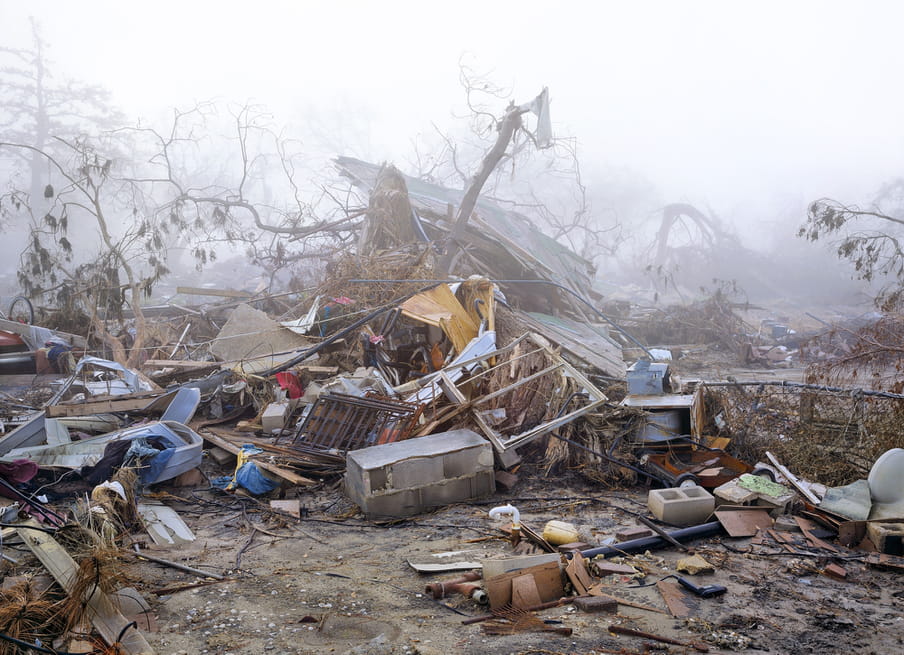
Major emitters, prepare yourselves
To the dread of the fossil fuel industry, the climate suits have made the question of who is responsible for climate change – for a long time a purely theoretical issue – real and tangible.
“If I were working as a lawyer for a company,” says Verheyen, “then right now I would be deliberating with consultants about how to offset the risks of lawsuits and climate damage.”
And you can be sure corporate lawyers are doing exactly that. In September 2017, a lengthy report called the Carbon Boomerang was published on all climate litigation in the world. It specifically targeted investors and companies, and the message was prepare yourselves.
The authors distinguish between eight kinds of climate claims and outline their associated risks. They’re embedded in the entire chain of fossil fuel and CO2 emissions: from drilling wells to pumps, and from banks that finance coal-fired plants to pension funds that wait too long to divest from oil and gas companies. Anyone still acting as if climate change doesn’t exist is at risk.
It’s becoming increasingly clear that this message has reached the boardrooms of the most powerful organisations on Earth. For example, oil company Chevron suddenly started talking about the risks of climate litigation in its 2016 annual report. The company acknowledges that these cases are a serious threat to profitability. A year later, two other US fossil fuel companies, ConocoPhillips and Peabody, said the same thing.
Oil and gas company Shell now issues a warning about the potential consequences of climate litigation in each of its annual reports.
There are more signs that the industry dreads these kinds of lawsuits. In a climate suit that didn’t involve oil companies at all – which was filed against the US government – three trade organisations launched a joint “intervention”: they wanted their voices to be heard in the trial because the case – as they stated in their filing – was a “direct threat” to their sector and “would have a significant negative effect” on the sale of their products.
In short, every new lawsuit is a signal to investors and companies. And the more lawsuits there are, the more money companies need to reserve for preventive measures to cover damages. Investing in new fossil fuel projects is therefore becoming less and less appealing, which could further strengthen investors’ ever-growing preference for green energy.
Accountants, lawyers, investors, management boards, and regulators therefore need to rethink the risks of fossil fuels and ignoring climate targets. All it’s going to take to set a precedent is one successful climate damage lawsuit.
The authors of Carbon Boomerang conclude that the wave of climate lawsuits will probably be “a serious driver of the energy transition”.

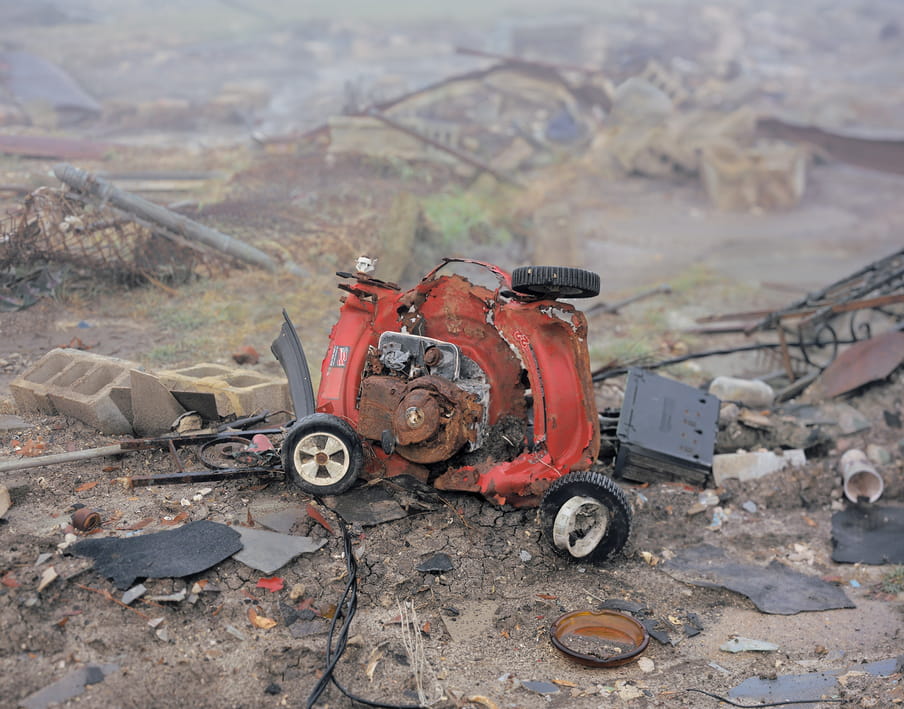
The Filipino investigation: climate damage as a violation of human rights
Even human rights can play a role. In 2016, when the Philippines was hit by a series of violent typhoons, a group of environmental organisations approached the Commission on Human Rights of the Philippines. They had a request: could the commission conduct a study on human rights violations by the world’s biggest emitters, companies such as Shell, ExxonMobil, BP, and Chevron?
The environmental organisations argued that these companies’ contribution to climate change is causing concrete damage to the inhabitants of the Philippines, which is a violation of their rights.
Despite strong protests from the accused companies, the commission decided to rise to the challenge in December 2017. Last year, hearings were held in Manila, Washington and London, to which oil and gas companies were also invited. They declined because they believe that the human rights commission is clearly overstepping its boundaries.
The commission only being able to make recommendations and not being permitted to establish any binding rulings are not stopping the energy sector from ferociously opposing the study. Shell even explicitly asked the commission to abandon the study, arguing that it had no authority whatsoever over Shell’s activities.
Is that true? There are good reasons to believe that human rights should be part of this discussion. According to John Knox, special rapporteur on human rights and the environment for the United Nations (UN), human rights treaties already oblige states and companies to guarantee a healthy and safe environment – without disrupting the climate. The Inter-American Court of Human Rights even recently defined a healthy environment as an independent human right.
In December 2019, during the UN climate negotiations in Madrid, commissioner Roberto Eugenio T Cadiz finally announced the findings of the three-year long investigation by the Filipino commission. It ruled that “the world’s biggest polluters could be held legally liable for their contributions to climate change”.
In response to the ruling, Muffett said: “Both for civil and criminal liability in jurisdictions around the world, the commission’s findings in this inquiry represent not an end of the legal investigations into carbon majors companies but a major new beginning for them.”
What’s legal one day can be illegal the next
What’s more, existing international law already obliges governments and companies to reduce their emissions. Lawyers say anyone neglecting this obligation is putting themselves at risk of prosecution.
Energy companies, on the other hand, can argue that it has never been “illegal” to emit CO2. In fact, to this day they’ve been receiving permits from governments to extract fossil fuels from the ground.
But according to Verheyen, who is defending the Peruvian mountain guide in his case against RWE, that’s beside the point. “A permit does not exempt you from all responsibility. There’s always the possibility that someone can be held accountable,” because, as Verheyen argues, there’s not a permit in the world that says you’re allowed to subject someone to climate damage.
Historically speaking, it wouldn’t be the first time that companies doing “legal” things are convicted anyway. Companies that continued to use asbestos after its health risks were known have been convicted on the same grounds for the deadly consequences of the products on employees and consumers. Paint manufacturers that used lead in their products were not doing anything illegal but were held liable later anyway for the health hazard they caused – because they knew better, just like the tobacco industry.
And anyway, new legislation can always be introduced that would make it punishable to cause environmental damage. That’s what Elizabeth Warren, one of the Democratic presidential candidates, is advocating.

Being right doesn’t necessarily mean that right will prevail
In many ways, the climate lawyers have a lot going for them: the science, the spirit of the times, the moral argument. But just because they think they’re right doesn’t necessarily mean that right will prevail. It’s notoriously difficult, for example, to hold companies liable for the violation of human rights – never mind for human rights that still need to be violated by future climate disasters.
The climate cases against the fossil fuel industry in the US have achieved little so far. The federal judges that ruled on New York’s, San Francisco’s, and Oakland’s cases held that climate policy is a matter for Congress and the White House, not the federal court. The battle to see who is responsible for what and in which courts these cases should be heard will now be fought out in the appeals courts.
The wave of lawsuits demanding financial compensation based on past emissions entails certain risks as well, according to Jaap Spier, former advocate general of the Dutch supreme court. He’s apprehensive about damages claims as it is. He believes climate cases should focus on preventing any further damage, so there’s not necessarily a need to look at past actions. After all, anyone causing excessive emissions today can be held liable for that.
Moreover, Spier is afraid that the cases against oil and gas companies will lead to “demonisation”: by singling out the bad guys, “the rest” could shirk their responsibility. His point is that it’s not only the oil, coal, and gas companies that are guilty of climate change, and it wasn’t just companies who knew about climate change and barely took action. In Spier’s opinion, it’s too easy to revile one sector.
Channa Samkalden, a lawyer who has been litigating against Shell for almost 10 years for negligence related to oil pollution in Nigeria, agrees with him on that point. “Perhaps it sounds a little odd coming from someone in my position,” she says, “but if you want to succeed in climate cases, then they have to focus on very specific obligations and responsibilities. Oil and gas companies shouldn’t be judged for matters that lie beyond their power.”
She continues: “The problem won’t disappear just because responsibility has been dumped on someone else. There still remains a massive part of the problem, which can be traced back to the citizens themselves and the state.”
Now, it’s unlikely that individual citizens will ever be taken to court for their share in the emissions – the contribution of a single human being among 7.6 billion world citizens is, from a legal perspective, negligible. Governments, on the other hand, can be held accountable in court.
Whereas lawsuits against companies are usually about (preventive measures against) damages that are already inevitable, cases against governments revolve more around the obligation to steer the economy towards more sustainable waters – to prevent more damage from happening.
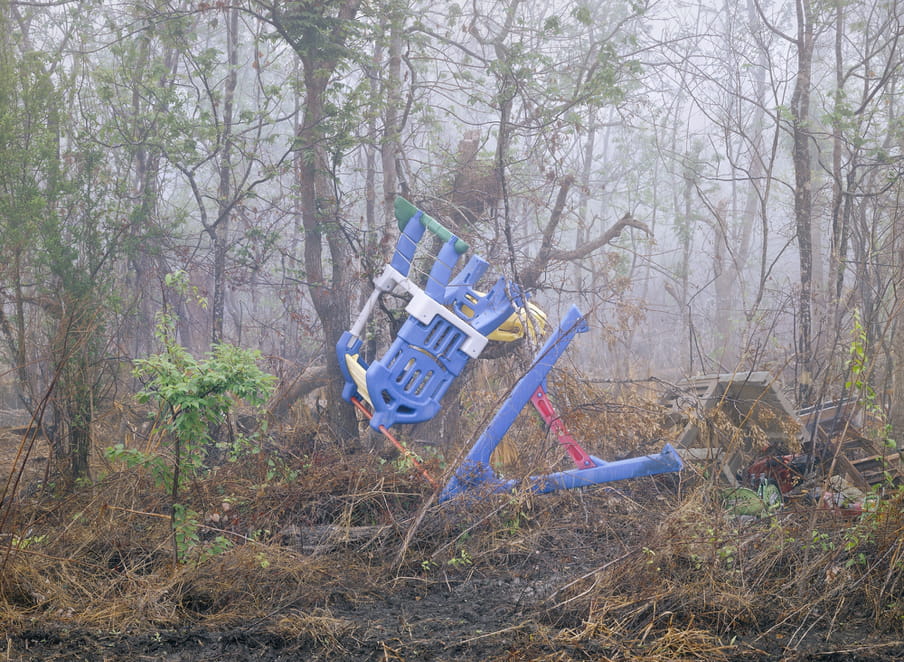
How one case inspires another
The mother of all examples for climate lawsuits against governments is the case by activist organization Urgenda against the Dutch state – the case where the climate won and the state was rapped across the knuckles.
Even before the Dutch supreme court issues its verdict tomorrow, a great deal has changed already according to Dennis van Berkel, legal counsel for Urgenda.
The Urgenda verdict proved that every country has a legal obligation to protect its citizens against climate change, Van Berkel says. “All countries are now aware that they can be held accountable if they take inadequate measures to prevent climate change. It exerts tremendous pressure on governments and parliaments.”
Since the Urgenda verdict, new cases have sprung up all over the world. From Pakistan to Switzerland, and from New Zealand to Norway, people are making the case, in courts in over 20 countries, that governments that don’t manage to control emissions are being negligent – and that the court therefore has a right to intervene.
Sometimes – though not always of course – the court agrees. A judge in Pakistan, for example, ordered various government officials to come up with a joint plan to meet climate targets.
In Ireland, the judge wasn’t convinced that the government had an inadequate climate policy, and so the state won.
In New Zealand, the judge found the climate policy to be inadequate, but because a newly elected government had just announced new targets, he didn’t draw any conclusions from his ruling.
Nevertheless, the verdict showed that a unique development is taking place, says Urgenda lawyer van Berkel: the judge in New Zealand used the verdict in the Urgenda case to underpin his own. “No one had ever seen a verdict that had referenced so much jurisprudence from other countries.”
Just as one climate case inspires another, one judge’s verdict also fuels another’s. Climate law is thriving – and the lawsuits are even having an impact when climate lawyers lose their cases because the government has to demonstrate accountability in ways that they usually aren’t called on to do in parliament. There, the majority usually agrees with the coalition government anyway: party discipline means that ministers get away with vague commitments.
That doesn’t work with a judge, however. Nor will attempts to spin the story. If the existing policy is incapable of reducing emissions in time to prevent dangerous warming, then at least that will be laid bare for everyone to see.
Climate cases aren’t ideal, but they are crucial
All lawyers who work on climate cases are aware that their work is groundbreaking. Their success is not always in their own hands – that depends on developments in climate science, the goodwill of judges, and the political culture in countries where they litigate. Pioneers usually face fierce resistance, but just as often they stay the course.
Like in the US, where the Trump government is pulling out all the stops to prematurely kill off a climate lawsuit against the government filed by a group of children. Until now, all attempts have failed, but in the meantime, people are openly speculating about a “clash between the judicial and executive powers”.
Indeed, if the lawyer Julia Olson and the children win the case, will the Trump administration listen and introduce a serious climate policy?
There’s quite a lot at stake in the US. The country is responsible for 15% of all global emissions every year. Climate suits “may be our best last hope to secure a liveable climate for young people and future generations,” says Danny Noonan, a colleague of Olson’s.
Olson has already secured a provisional victory. In an interlocutory ruling, Ann Aiken, a federal judge in the state of Oregon, concluded that US courts have been overly cautious so far in environmental cases. “The world has suffered for it,” she wrote in her judgement.
“The right to a climate system capable of sustaining human life is fundamental to a free and ordered society,” Aiken continued. Without a stable climate system, “there would be neither civilisation nor progress”.
It seems unlikely that the Supreme Court in the US will agree with Aiken at this point, but on the other hand, it’s difficult to predict in advance which legal approaches will succeed and which ones will fail. No one predicted Urgenda’s (provisional) success either.
But let’s be honest. Law is not the ideal tool for tackling climate change. It’s slow, it doesn’t immediately reduce emissions, and it causes a great deal of friction and pigheadedness.
On the other hand, lawyers are now calling the most powerful organisations and politicians on Earth to account for their contribution to the problem and their incapacity or unwillingness to solve it. The climate lawyers are single-handedly releasing a new wave of moral clarity. They’re collectively writing a new narrative about accountability and our common future.
Not to overstate the case, but I actually think this could change the world.
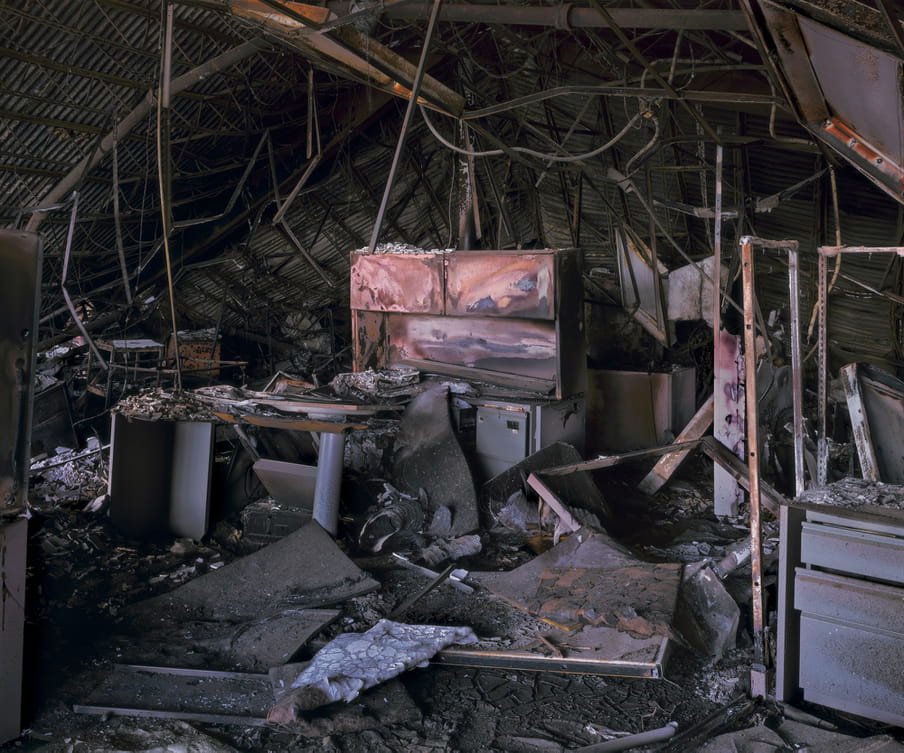
Dig deeper
 Climate change is about how we treat each other
Our weather has changed so rapidly that we now stand on the brink of collapse. But simply speaking about the impending apocalypse will do nothing to change it. We need to reimagine human relationships.
Climate change is about how we treat each other
Our weather has changed so rapidly that we now stand on the brink of collapse. But simply speaking about the impending apocalypse will do nothing to change it. We need to reimagine human relationships.


